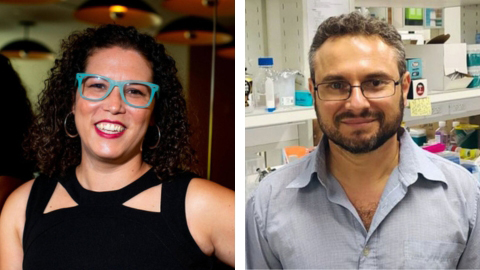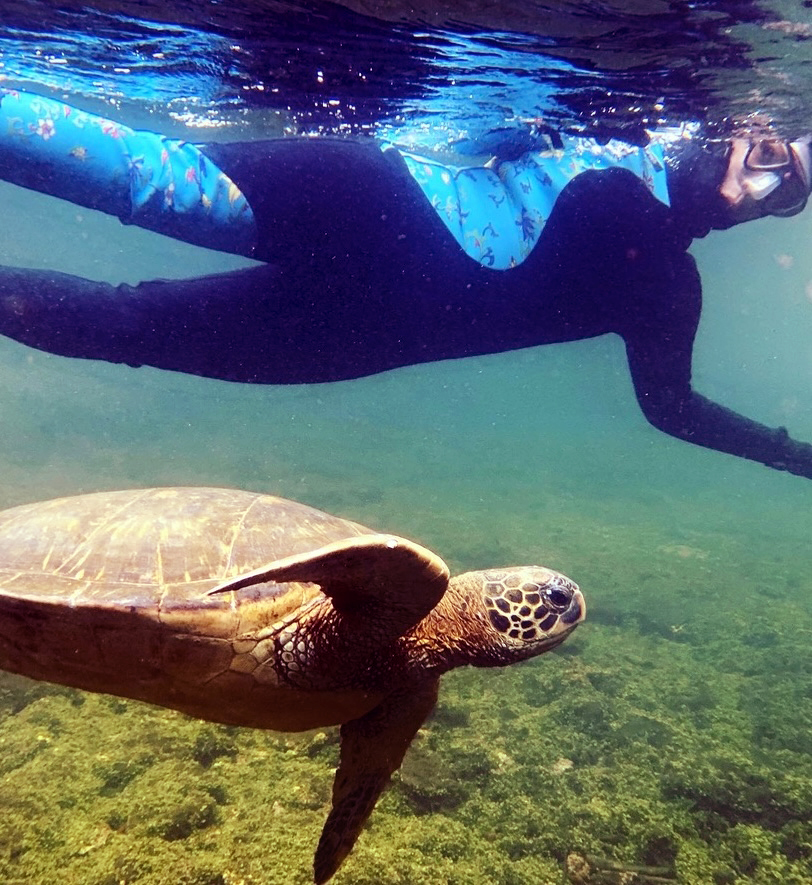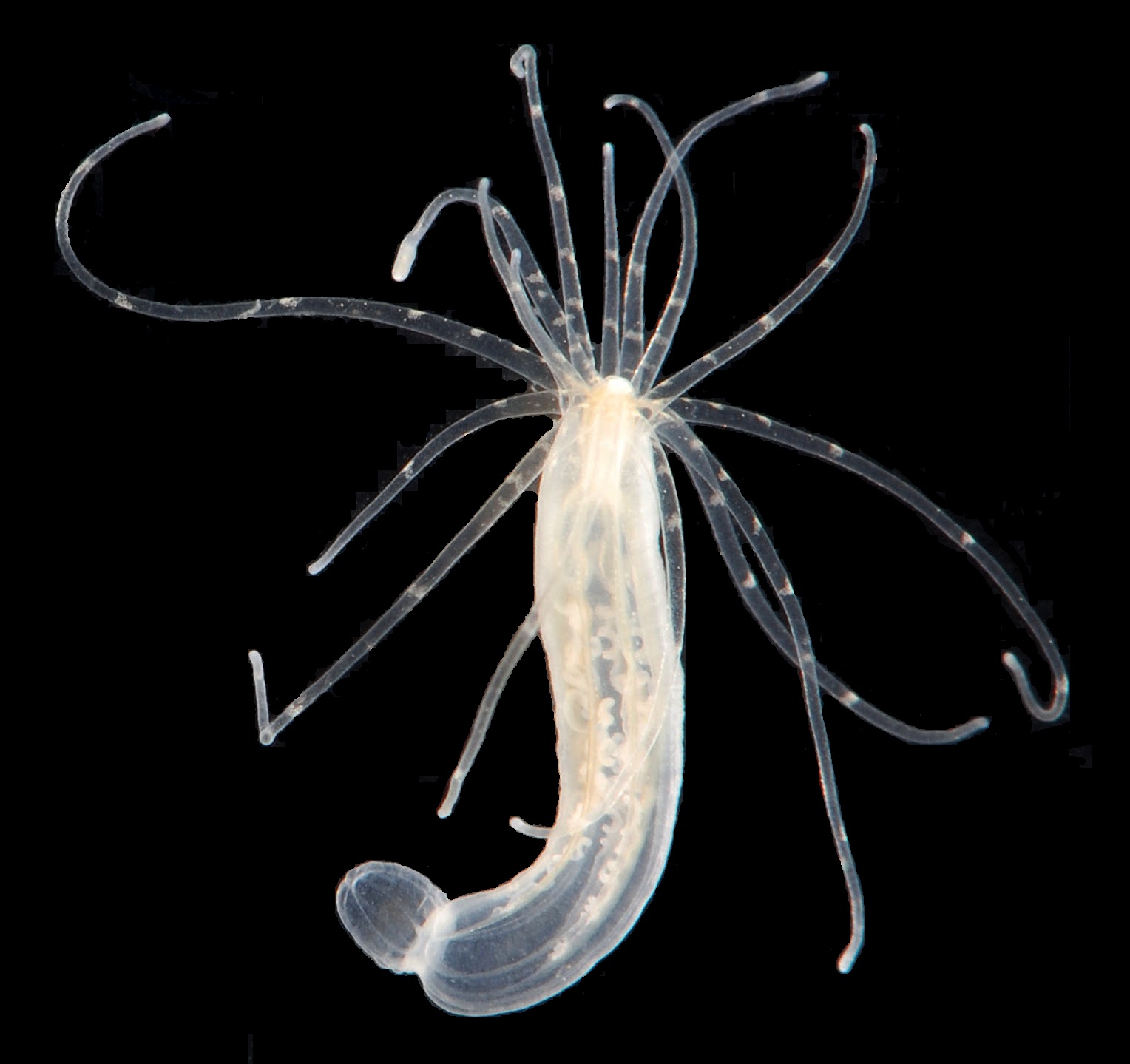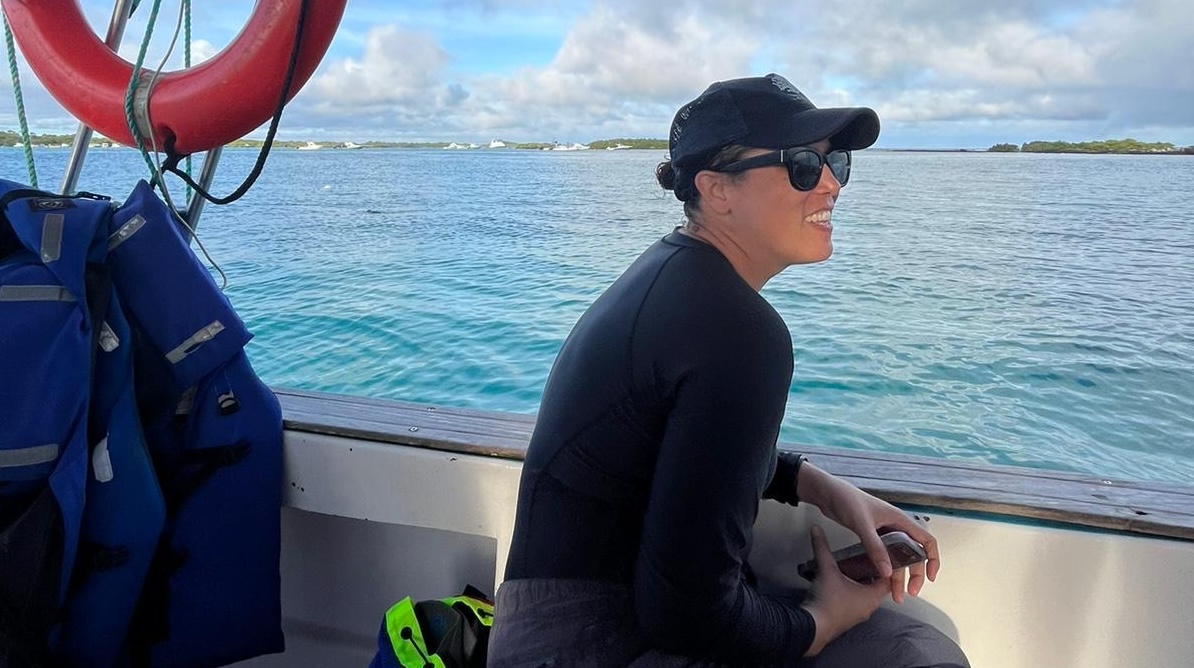Seeding a coral comeback

Corals are invertebrate animals that form multicellular colonies under the sea and comprise over 40 cell types. Like the interdependent inhabitants of a city, specialized coral gastrodermal cells harbor algae, forming a mutually beneficial endosymbiotic relationship. To make the community even more complex, coral and algae also partner with bacteria and viruses. All invertebrates, including corals, have innate immune systems that use genetically encoded, nonspecific inflammation to fight off pathogens. Like other animals, corals boast immune receptors on their cells — similar to smoke alarms in a home — that bind to pathogen-associated molecular patterns, such as foreign genetic material, and set off warning signals to the host.
Researchers have long debated how corals eliminate those pathogens. Traylor–Knowles, an associate professor in marine biology and ecology at Miami University, hypothesized that corals, like other invertebrates and mammals, rely on immune cells that act as garbage trucks to neutralize invaders. These cells, known as phagocytes, engulf pathogens and destroy them using lysosomal vesicles and free radicals.

To settle the debate on coral immune cells, Traylor–Knowles’ team, and her collaborator Benyamin Rosental, an assistant professor of microbiology and immunology at Ben Gurion University of the Negev, Israel, used fluorescence-activated cell sorting to isolate coral phagocytes, which can be technically difficult. Next, using high-resolution microscopy, they demonstrated that coral phagocytes eat and digest bacterial and fungal proteins.
“Functional studies in corals have been a huge challenge,” Traylor–Knowles said. “But we are getting there.”
The team’s next goal is to find out what makes coral the immune system unique. Unlike organisms that live more independently, corals have a complex system that keeps them from destroying their endosymbiotic partners.
“We know there are novel immune factors in coral,” Traylor–Knowles said. “We just haven’t figured out how the puzzle pieces fit together yet … Corals are (messy), but that’s what makes them so interesting.”
Traylor–Knowles is building on her basic research findings to rescue dying corals in the ocean.
“I first became interested in corals because I wanted to understand how we can help animals that have been (messed) up by humans,” she said.
The Traylor–Knowles and Rosental teams have identified candidate coral stem cells, much like those found in humans. Taking inspiration from bone marrow transplants, they wondered if these stem cells could rescue dying corals.
“The idea was to transfer stem cells … from one coral to a sensitive one, and this would enable resilience, for instance, to heat,” Rosental said. “This is the exact parallel from humans when we transfer the ability to create missing immune cells.”

“My dream is that we use this as another therapeutic for coral,” Traylor–Knowles said. “There’s no way it’s going to save all corals, but it can be added to the toolbox to give corals a chance until humans get their act together.”
The team is perfecting their stem cell identification and isolation techniques in stony corals so they can soon establish a transplantation protocol. Traylor–Knowles said stem cell-based therapies may someday rescue bleached corals in the ocean.
"I wish that these things could solve the problem, but the ultimate issue is climate change,” Traylor–Knowles said. “There's only so much we can do, and it's really just buying time. But we have to try."

Enjoy reading ASBMB Today?
Become a member to receive the print edition four times a year and the digital edition monthly.
Learn moreGet the latest from ASBMB Today
Enter your email address, and we’ll send you a weekly email with recent articles, interviews and more.
Latest in Science
Science highlights or most popular articles

The science of staying strong
Muscles power every movement, but they also tell the story of aging itself. Scientists are uncovering how strength fades, why some species resist it and what lifestyle and molecular clues could help preserve muscle health for life.

Bacteriophage protein could make queso fresco safer
Researchers characterized the structure and function of PlyP100, a bacteriophage protein that shows promise as a food-safe antimicrobial for preventing Listeria monocytogenes growth in fresh cheeses.

Building the blueprint to block HIV
Wesley Sundquist will present his work on the HIV capsid and revolutionary drug, Lenacapavir, at the ASBMB Annual Meeting, March 7–10, in Maryland.

Gut microbes hijack cancer pathway in high-fat diets
Researchers at the Feinstein Institutes for Medical Research found that a high-fat diet increases ammonia-producing bacteria in the gut microbiome of mice, which in turn disrupts TGF-β signaling and promotes colorectal cancer.

Mapping fentanyl’s cellular footprint
Using a new imaging method, researchers at State University of New York at Buffalo traced fentanyl’s effects inside brain immune cells, revealing how the drug alters lipid droplets, pointing to new paths for addiction diagnostics.

Designing life’s building blocks with AI
Tanja Kortemme, a professor at the University of California, San Francisco, will discuss her research using computational biology to engineer proteins at the 2026 ASBMB Annual Meeting.

